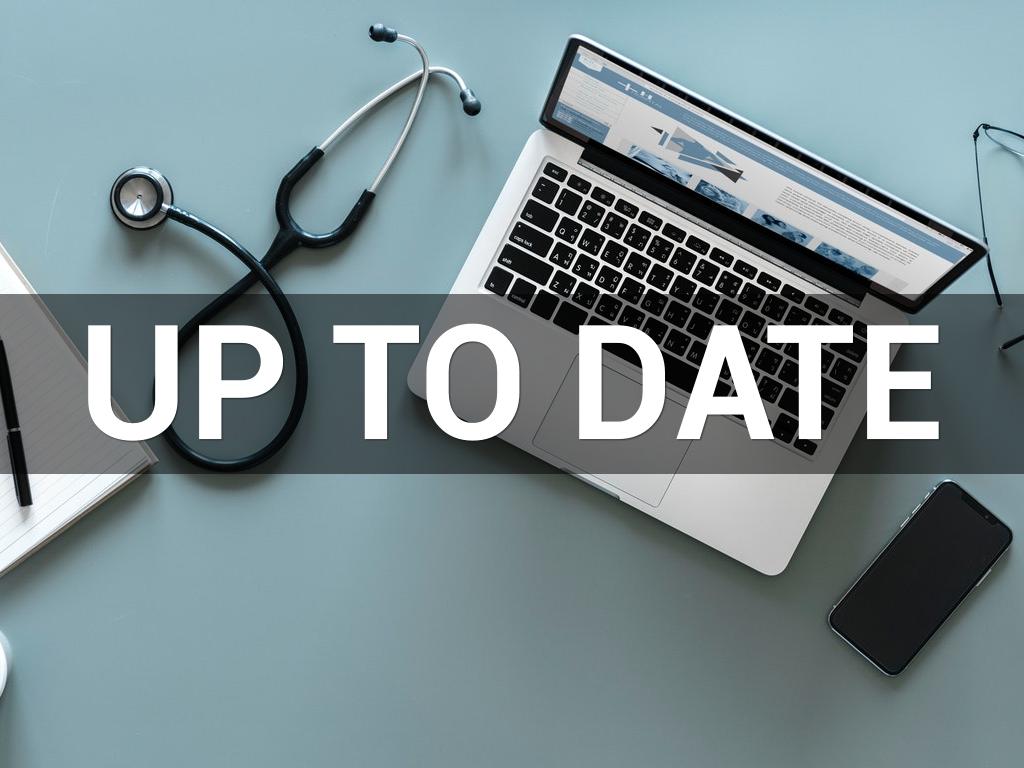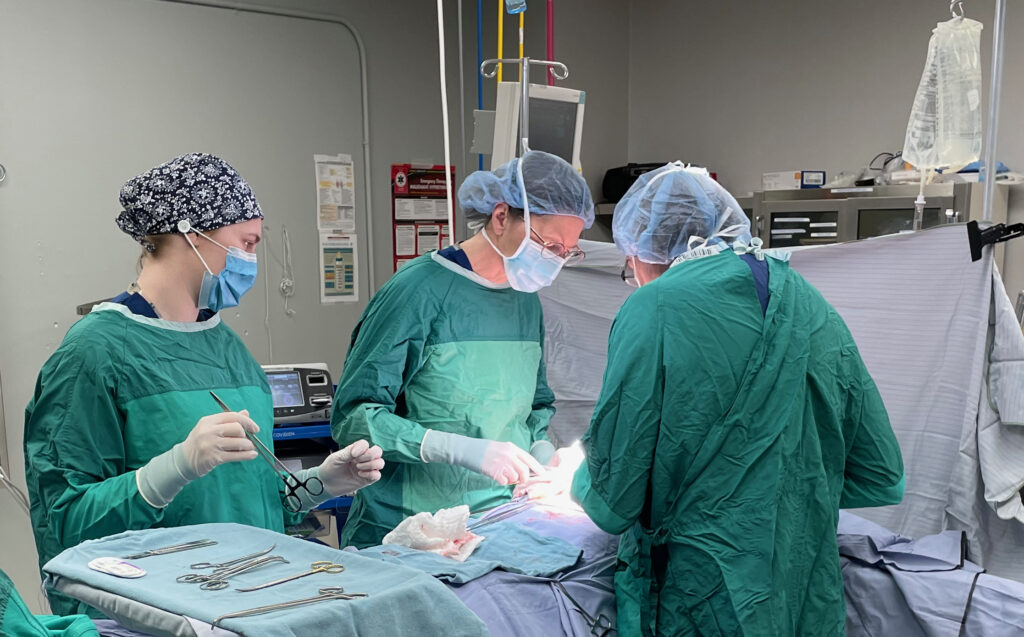Your Challenge and Our Solution What problem will our Patient Safety App solve?
Here are some of the reasons why current methods to provide instructions do not work well.




Why change what you are doing? Here are some of the reasons why our Patient Safety App will help you





